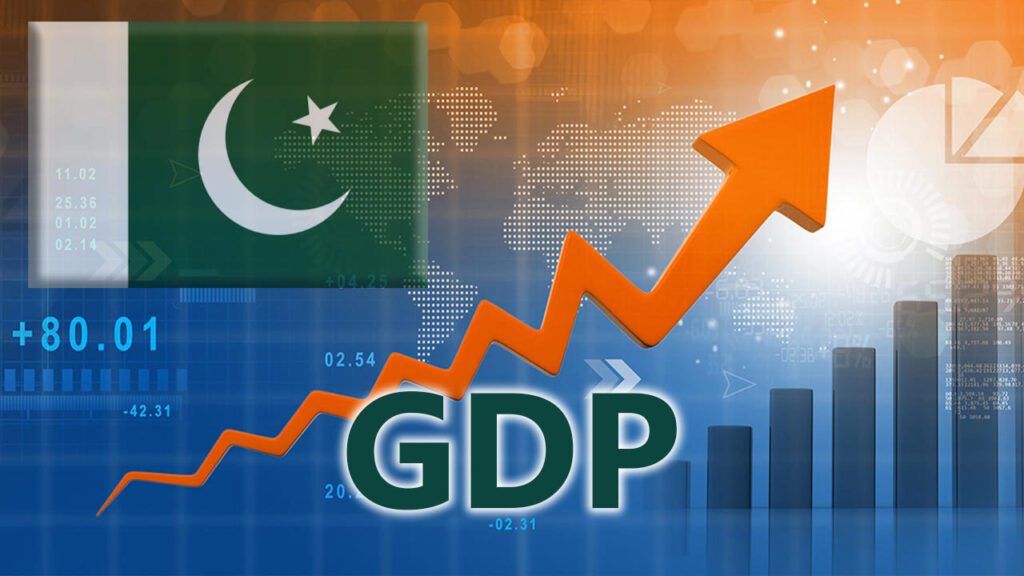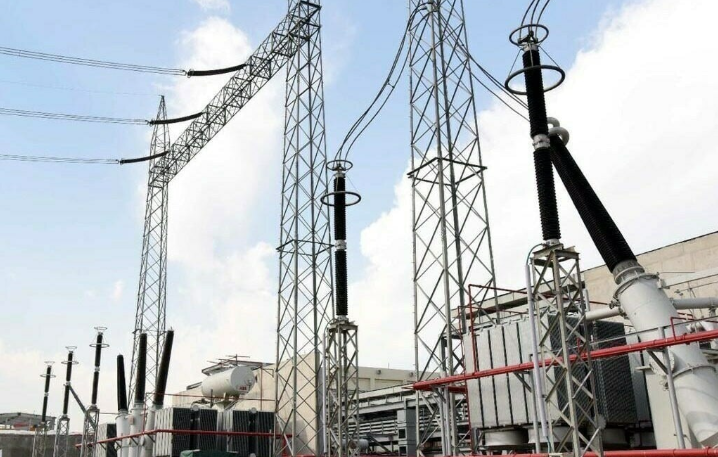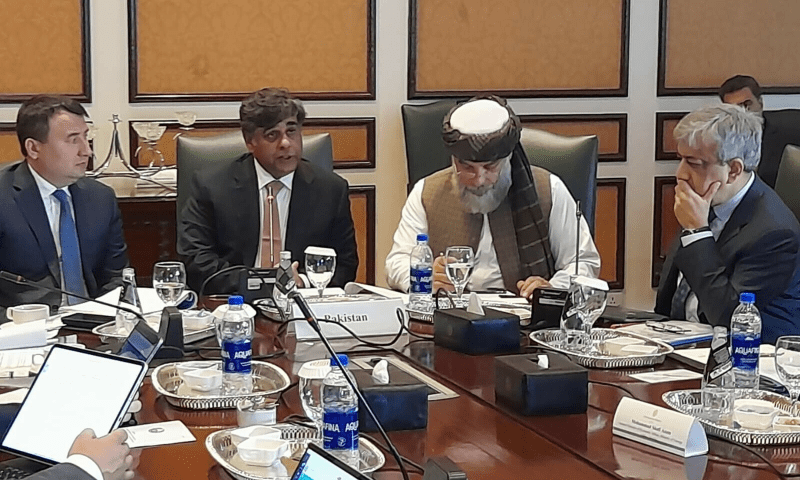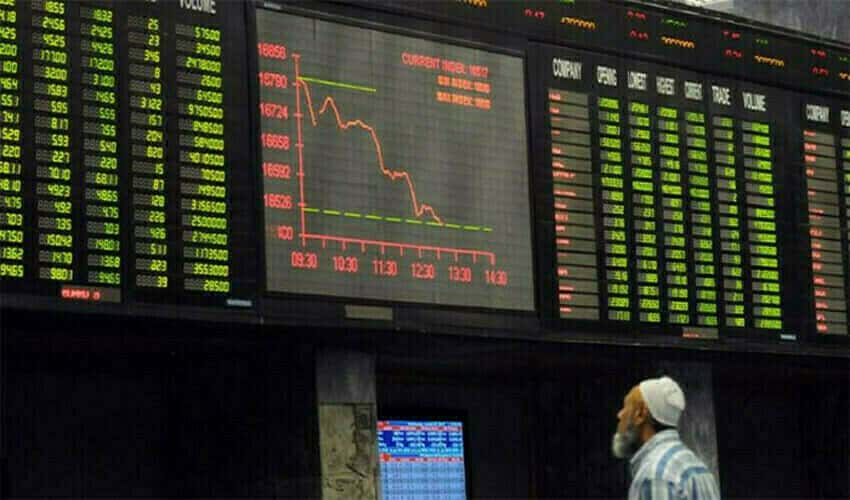Pakistan’s economy is set to experience a positive turnaround in the fiscal year 2024-25, with GDP growth projected to reach 3.2%, according to a recent report by BMI, a Fitch Solutions company. The report, titled ‘Pakistan Country Risk Report’, presents an optimistic outlook despite the challenges faced in previous years, particularly the devastating floods of 2023.
published on July 15 following a staff-level agreement with the International Monetary Fund (IMF), suggests a more optimistic view of Pakistan’s economic prospects compared to other analysts. While the growth rate is slightly lower than initially expected at the start of 2024, recent economic figures have validated BMI’s core view that the economy is on a recovery path.
The report notes that preliminary figures from the government indicate that Pakistan’s economy expanded by 2.4% in FY2023-24, surpassing the consensus forecast of 1.8% collected by Focus Economics. This stronger-than-expected performance sets a positive tone for the upcoming fiscal year.
BMI identifies three primary reasons for its optimistic growth projection for FY2024-25: agricultural recovery, lower inflation, and policy easing.
The agriculture sector, which employs about 40% of Pakistan’s population, was severely impacted by the floods in 2023. However, grains production rebounded in 2024, and BMI’s agribusiness team expects favorable conditions to persist in the 2025 harvest year. Although cotton production is projected to decline slightly from 6.7 million 480-pound bags in 2024 to 6.5 million bags in 2025, this will still be the second-largest harvest since 2019. Strong agricultural output is anticipated to boost exports, support rural incomes, and help contain inflation.
BMI predicts a sharp easing of inflation, from 11.8% year-on-year in May 2024 to 6.2% in December 2024. This reduction in inflation will be partly due to improved agricultural production and a broadly stable exchange rate, which is expected to mitigate inflationary pressures. The disinflation will protect consumers’ incomes, supporting an increase in consumer spending growth from 2.6% in FY2023-24 to 3.4% in FY2024-25.
The report forecasts policy easing in late 2024 and into 2025, with the State Bank of Pakistan (SBP) likely to continue loosening monetary policy. The key policy rate is expected to be reduced from 20.5% in June 2024 to 16.00% by December 2024, and further to 14.00% by December 2025. Despite this monetary easing, fiscal policy will remain tight.
Despite the positive outlook, BMI warns that Pakistan’s economy remains vulnerable to external shocks. The country has limited fiscal buffers, and the World Bank’s latest Crisis Preparedness Gap Analysis rated Pakistan as ‘basic’ or below on all five key metrics. Another flood or drought could pose a significant risk to the economy, given the large proportion of the population employed in agriculture.
The report also highlights the fragile political situation in Pakistan as a potential threat to economic recovery. Although establishment parties successfully formed a coalition government following the February election, the strong performance of independent candidates backed by jailed opposition leader Imran Khan indicates significant dissatisfaction with the current political elite. Further protests in urban areas could disrupt economic activities and derail the recovery process.
The report’s optimistic projections are supported by a recent statement from the international rating agency Moody’s, which noted that a new IMF program would improve Pakistan’s funding possibilities. However, Moody’s also cautioned that Pakistan’s external position remains fragile, with high external financing requirements posing policy challenges over the next three to five years. Weak governance and high social tensions could further affect the government’s ability to implement necessary reforms.




